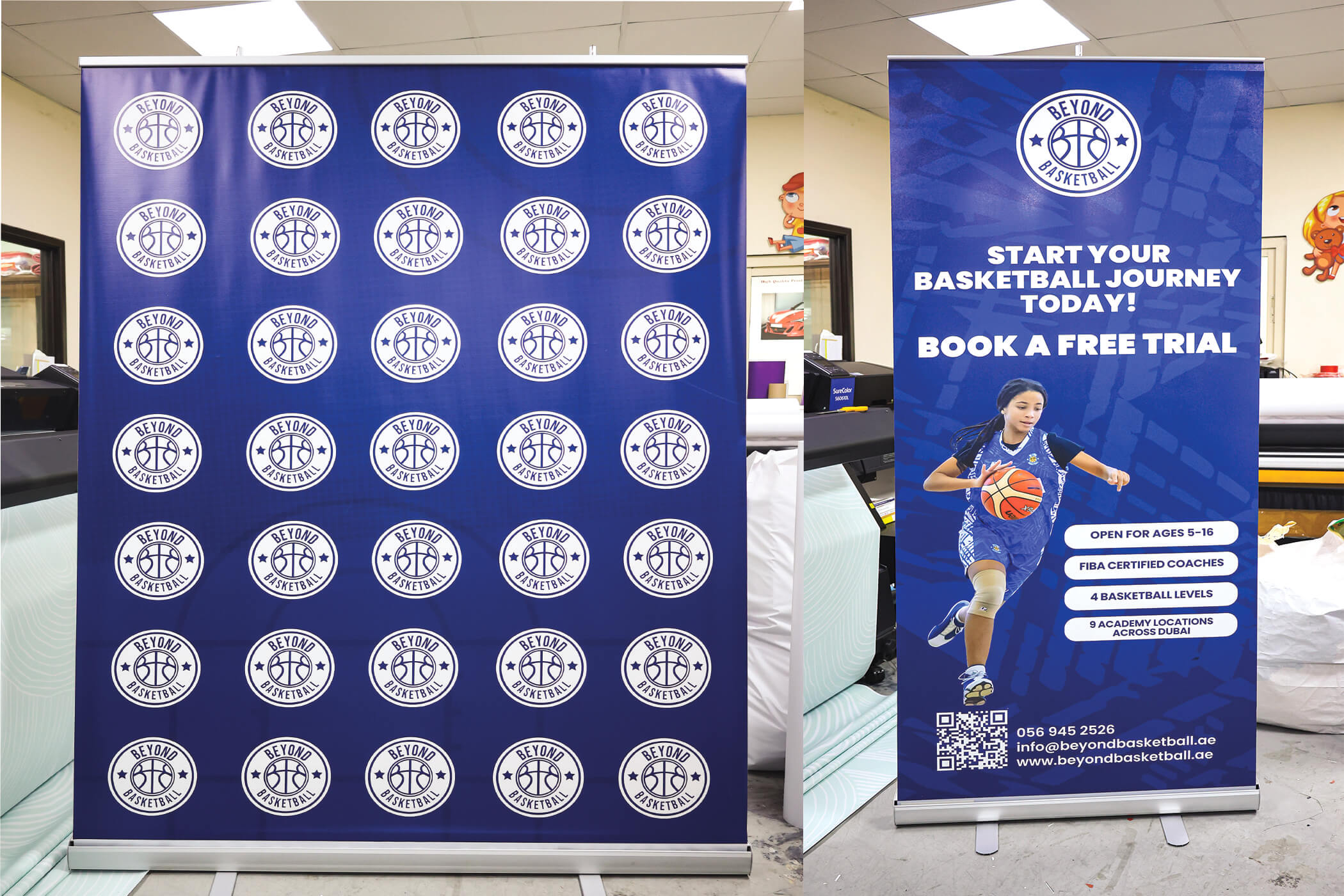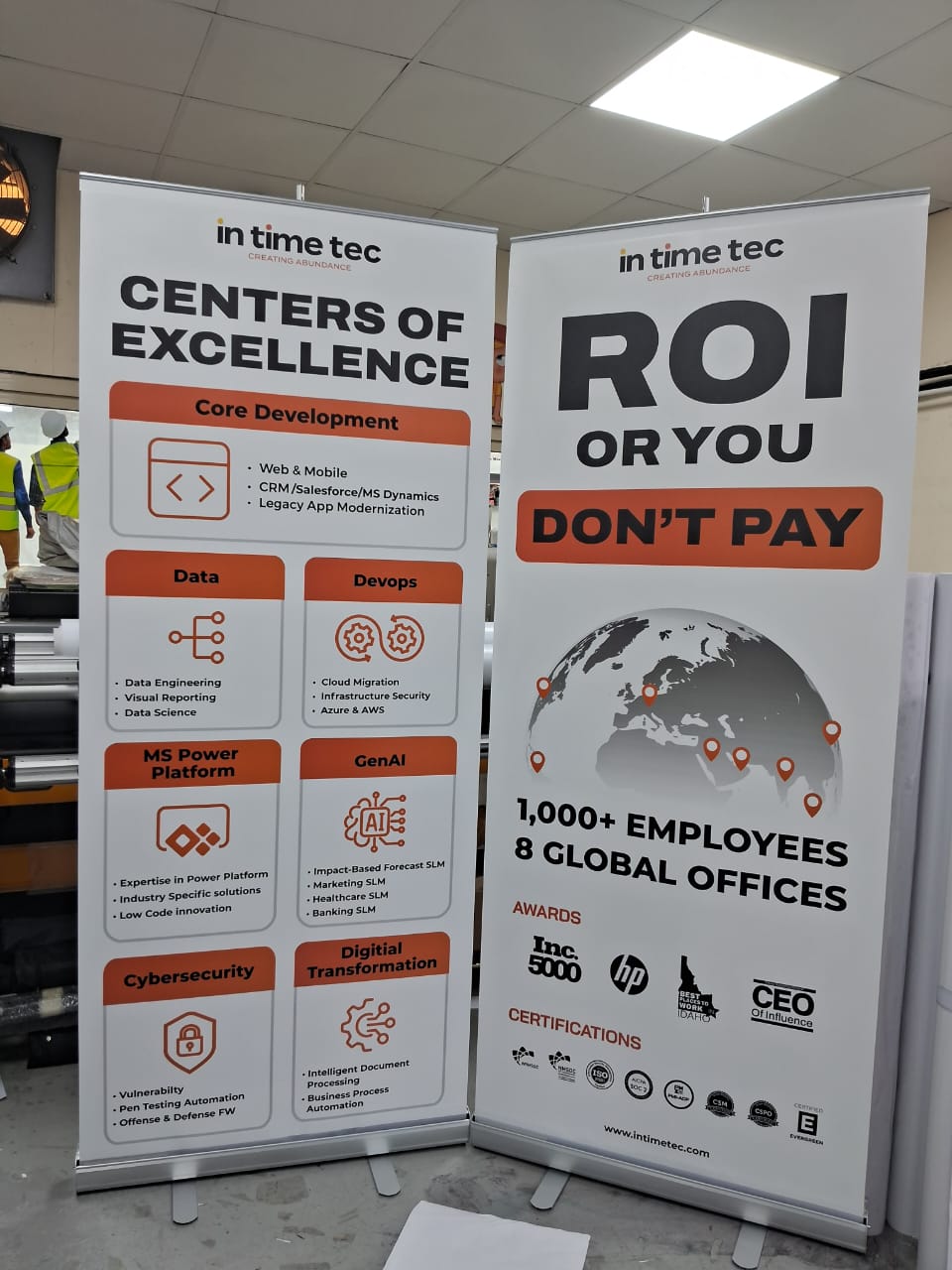
In the ever-evolving landscape of modern business, staying ahead of the competition and effectively communicating your message to your target audience is paramount. One powerful tool that has gained immense popularity in recent years is digital signage. In this comprehensive guide, we will take you on a journey through the diverse world of digital signage, exploring various types and their applications to help you find the perfect solution for your unique needs.
Introduction to Digital Signage
Digital signage refers to the use of electronic displays, such as LED screens, LCD monitors, or projection systems, to convey information, advertisements, or any other form of content in a dynamic and engaging manner. Unlike traditional static signs, digital signage allows for real-time updates, interactive features, and the flexibility to tailor content for specific audiences and situations.
Types of Digital Signage
Let’s delve into the different types of digital signage systems that have transformed the way businesses communicate and engage with their customers.
1. Indoor Digital Signage
Indoor digital signage is designed for use within enclosed spaces, such as retail stores, malls, airports, and corporate offices. These displays come in various sizes and can be wall-mounted, freestanding, or integrated into fixtures and kiosks. Indoor digital signage serves a multitude of purposes, from advertising products and promotions to providing wayfinding information.
2. Outdoor Digital Signage
Outdoor digital signage is engineered to withstand the elements, making it suitable for outdoor advertising and information dissemination. These rugged displays are commonly seen in bus stops, train stations, sports arenas, and on the facades of buildings. Outdoor digital signage grabs the attention of passersby with its high brightness and durability, ensuring your message is seen, rain or shine.
3. Interactive Kiosks
Interactive kiosks take user engagement to the next level. They are equipped with touchscreens, enabling users to interact with the content displayed. Interactive kiosks find applications in museums, retail stores, and information centers, providing a hands-on experience and valuable information at the user’s fingertips.
4. Digital Menu Boards
Restaurants and fast-food chains have adopted digital menu boards to showcase their offerings in a visually appealing and dynamic way. These boards allow for easy updates, enabling businesses to change prices, add new items, or promote daily specials with a few clicks.
5. Video Walls
Video walls are composed of multiple screens tiled together to create a larger, seamless display. They are commonly used in settings like conference rooms, control centers, and retail environments. Video walls make a significant impact by presenting content in a visually stunning and immersive format.
6. Wayfinding Systems
Navigating large public spaces, such as airports, hospitals, and universities, can be challenging. Wayfinding digital signage systems help visitors find their way with interactive maps, directions, and information about nearby facilities and services.
Applications of Digital Signage
Now that we’ve explored the different types of digital signage, let’s dive into some real-world applications that showcase the versatility and effectiveness of this technology.
Retail
In the competitive retail industry, attracting and retaining customers is vital. Digital signage allows retailers to create captivating in-store experiences, promote products, and influence purchasing decisions.
Hospitality
Hotels and resorts use digital signage for guest communication, providing information on amenities, events, and local attractions. Digital signage also enhances the check-in process with interactive kiosks.
Transportation
In the transportation sector, digital signage serves as a vital tool for conveying real-time information to passengers. Whether at bus stops, train stations, or airports, travelers rely on digital signage for updates on schedules, delays, and important announcements.
Healthcare
Hospitals and healthcare facilities utilize digital signage for patient education, wayfinding, and communication of emergency procedures. These displays enhance the overall patient experience and streamline internal communication.
Corporate
In corporate environments, digital signage facilitates internal communication, employee engagement, and the dissemination of company news and updates. Video walls in boardrooms create an impressive backdrop for presentations and meetings.
Choosing the Right Digital Signage Solution
Selecting the appropriate digital signage solution for your specific needs is crucial. Consider the following factors when making your decision:
- Location: Determine whether you need indoor or outdoor signage, and the environmental conditions it will face.
- Audience: Understand your target audience and tailor your content accordingly.
- Content Management: Choose a system that allows for easy content updates and scheduling.
- Budget: Consider your budget constraints and explore cost-effective options that align with your goals.
- Integration: Ensure that your chosen solution can integrate with your existing technology infrastructure.
In conclusion, digital signage has revolutionized the way businesses communicate, inform, and engage with their audiences. From interactive kiosks to outdoor displays, the possibilities are endless. By understanding the types and applications of digital signage, you can make an informed decision to enhance your business’s visibility and impact.



